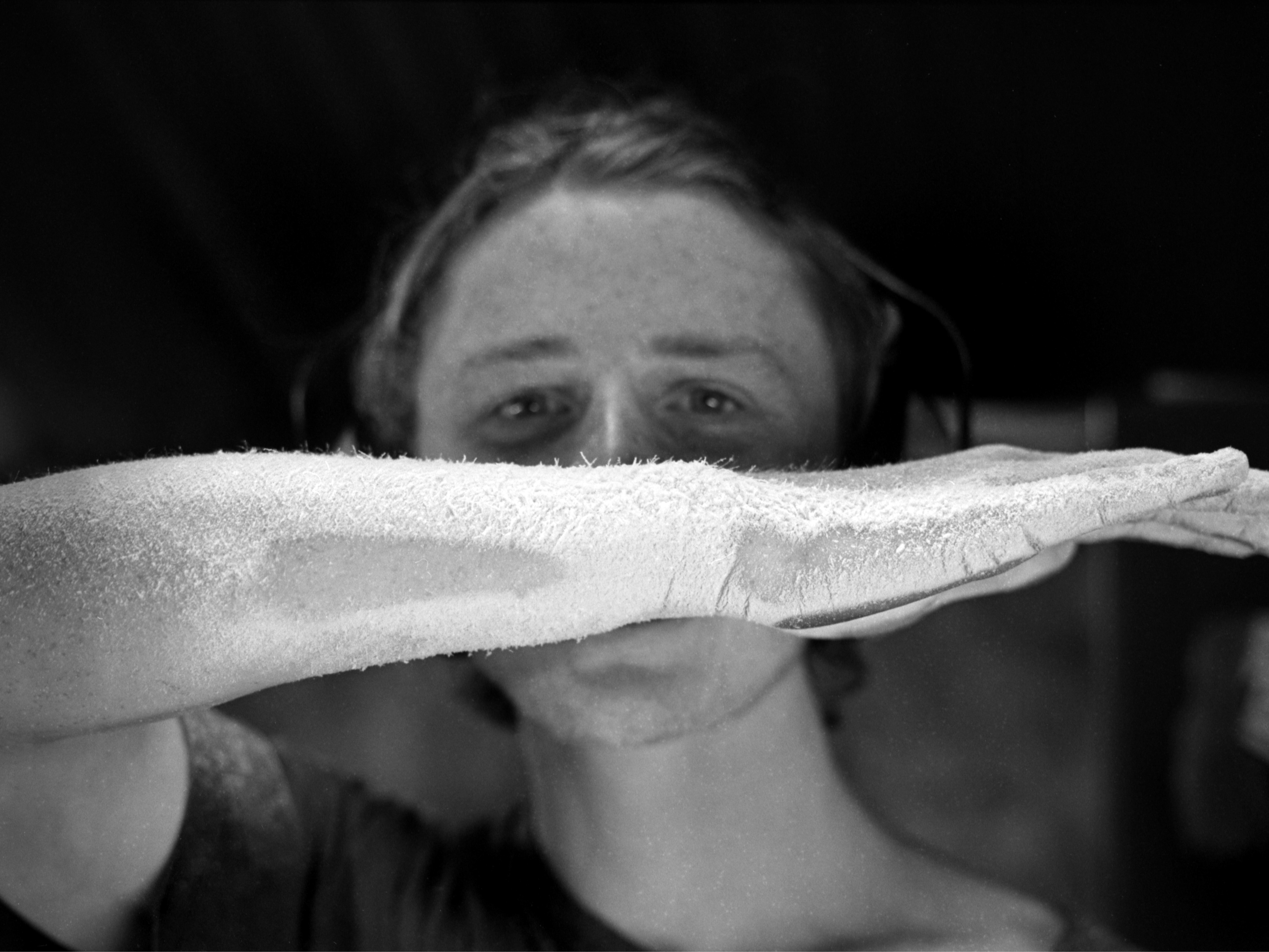Performance in Arles - 2022.
I’m Jack,
I’m disabled,
How does that make you feel?
I’m disabled,
How does that make you feel?
When I first told Antoine I wanted to do this performance he asked, why do you gave a shit about other people's opinions? I didn’t really have an answer to that very valid question then and I still don’t really have an answer now. I’ve always been fascinated by what able bodied people think about disability, about how my disability makes other people feel. Much of this curiosity probably stems from internalised ableist traits when I was younger. I guess what I was looking for was truth, unadulterated opinions.
I know how my disability makes me feel yet, I’ve often wondered how much of what I experience is a product of a general societal attitude towards those who live with disabilities. It was interesting to see peoples comments, some I’d expected - damning with faint praise of strength and admiration. Others (to me) proved more honest, questioning the necessity of visible disability and why I considered myself special.
Installation images from a solo show at Ffotogallery.
July - Oct 23. Images provided by Ffotogallery and the artist.
Response to the show written by Karin Bateman.


